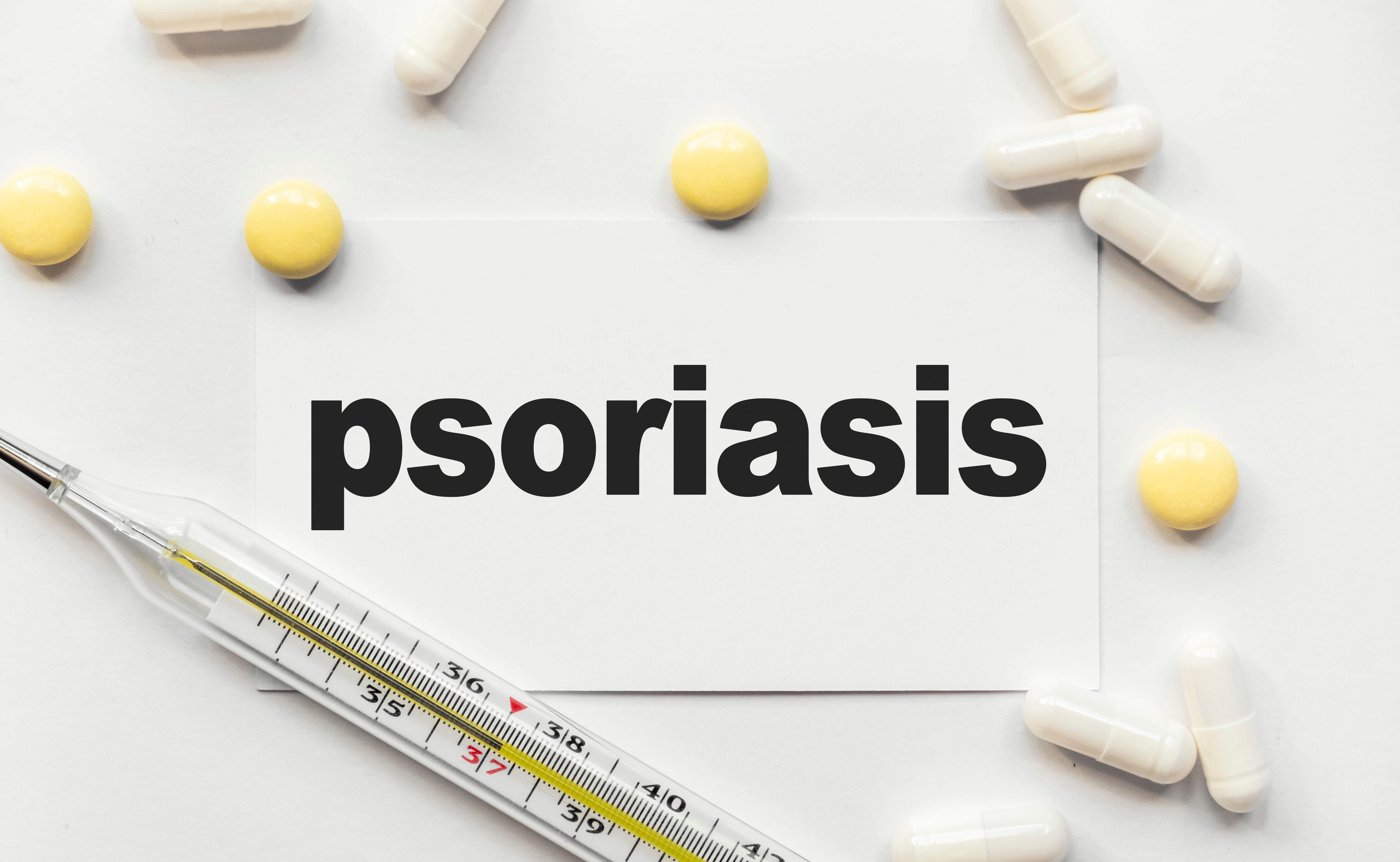Article
Poster Recap: Comorbidities, Infections, and Treatments of Patients With Psoriasis
Author(s):
Background
In 2013 more than 7.4 million American adults had psoriasis (PsO), a chronic inflammatory skin disease.1 Comorbid conditions associated with PsO cost the healthcare system approximately $36.4 billion each year as of 2013,2 and the serious infections that occur with PsO can increase hospital length of stays and mortality rates. Psoriasis is treated by therapeutics that can help to decrease inflammation and symptoms.3
Peyerl and colleagues conducted a retrospective study to analyze comorbidities and infections among patients with PsO, as well as therapeutic options used by these patients.3
Methods
Peyerl and colleagues used data from an electronic health record database to study the comorbidities, infections, and therapeutics of adult patients with PsO between 2012 and 2016. Comorbidities and infections were identified through International Classification of Diseases, Ninth and Tenth revisions, Clinical Modification codes; treatments such as topical applications, light therapy, and medications were identified through procedure codes and medication names.3
Results
Of the 244,512 PsO-related visits evaluated in the study, the most common comorbidities presented were psoriatic arthritis (21.7%), type 2 diabetes (12.2%), kidney disease (4.5%), and cardiovascular disease (3.9%). The most frequent infections were skin infections (2.7%), fungal infections (2.1%), urinary tract infections (2%), hepatitis C (1.4%), upper respiratory infections (1.4%), pneumonia (1.13%), herpes zoster (0.16%), hepatitis B (0.12%), and tuberculosis (0.03%). Regarding types of therapies prescribed, 56.5% of the records from patient visits indicated the use of topical treatments; 25.3% indicated light therapy; and 18.2% indicated systemic medications, including methotrexate (67.2%), biologics (15.6%), and retinoids (4.7%).4
Conclusions
Based on this analysis, comorbidities associated with PsO were shown to be common; psoriatic arthritis was the most prevalent comorbid condition experienced by patients with PsO. Infections, which can contribute to increased hospital days and mortality rates, were also prevalent, with skin and fungal infections being most common. Patients with PsO received topical therapies 2 times more frequently than light therapy and 3 times more frequently than systemic medication prescriptions. The most frequently prescribed systemic medication was methotrexate.3
References
1. Rachakonda TD, Schupp CW, Armstrong AW. Psoriasis prevalence among adults in the United States. J Am Acad Dermatol. 2014;70(3):512-516. doi: 10.1016/j.jaad.2013.11.013.
2. Brezinski EA, Dhillon JS, Armstrong AW. Economic burden of psoriasis in the United States: a systematic review. JAMA Dermatol. 2015;151(6):651-658. doi: 10.1001/jamadermatol.2014.3593.
3. Peyerl FW, Varsos GV, Shen M, et al. Comorbidities, infections and treatment patterns in psoriasis patients: a retrospective analysis of a large US electronic health record database. Poster presented at: ISPOR 2019; May 18-22, 2019; New Orleans, LA. ispor.org/heor-resources/presentations-database/presentation/intl2019-2217/91304.
4. Peyerl FW, Varsos GV, Shen M, et al. Comorbidities, infections and treatment patterns in psoriasis patients: a retrospective analysis of a large US electronic health record database. Value Health. 2019;22(2):S378. doi: 10.1016/j.jval.2019.04.1844.





